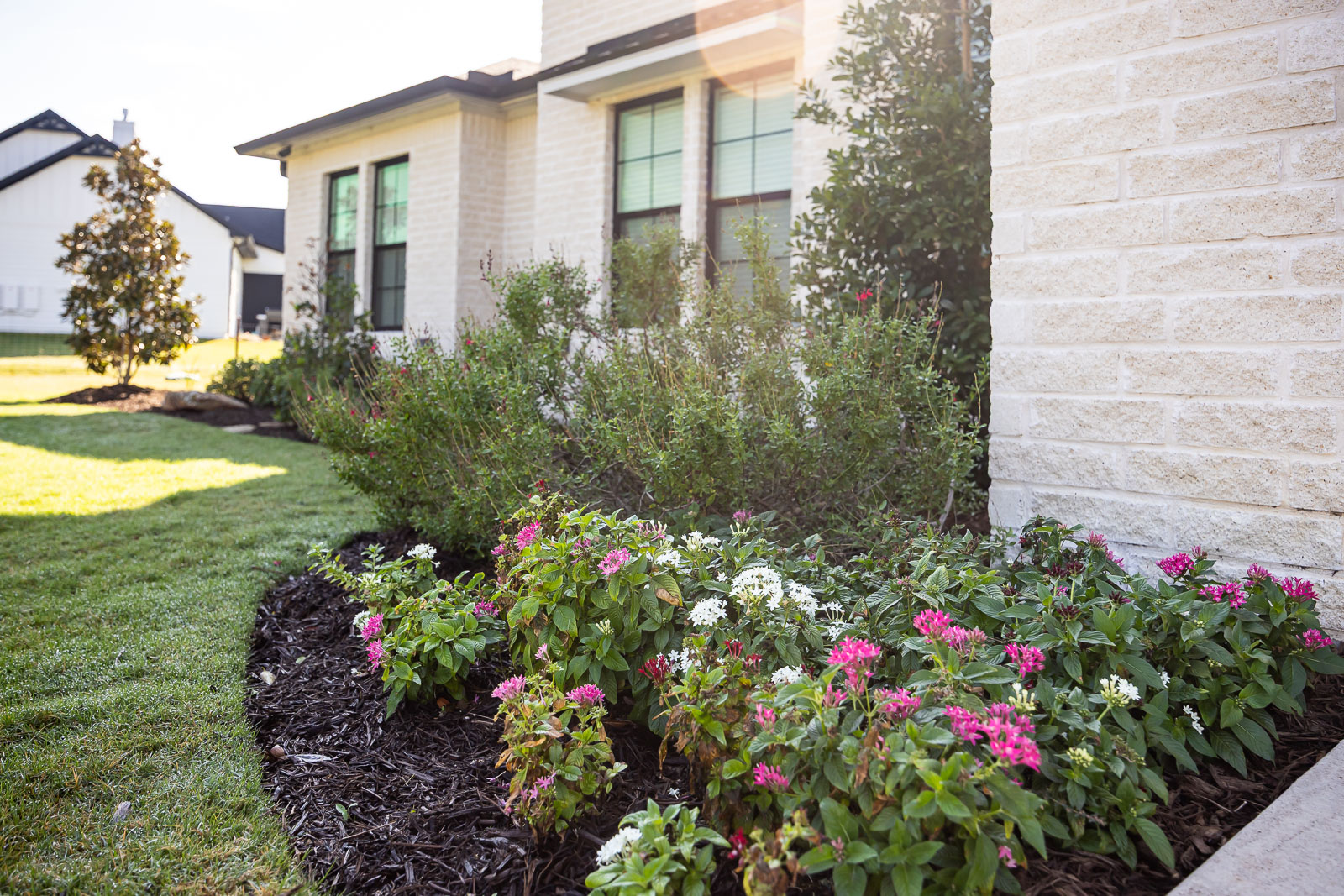
Written By Barry Marusak
It can be easy to overlook the health of your trees. Until something goes wrong, that is. They are well-established, usually unproblematic, and seem to take care of themselves. What more could they need? But even healthy-looking trees can silently struggle with pests, disease, or structural issues, which, if ignored, can lead to costly damage down the road.
The secret to battling common tree health issues is not complicated. Stay proactive with regular inspections, proper pruning, and timely treatments when issues arise. Let’s explore the tree health issues we see here in Waco, when and how to prune, the best times to fertilize, and how to recognize when your trees might need professional attention.
Common Tree Health Issues in Waco, TX
Central Texas trees face a unique mix of challenges, from scorching hot summers and unpredictable rainfall to aggressive pests and diseases that thrive in our climate. Here are some of the most common tree health issues in our area:

1. Oak Wilt
Oak Wilt is one of the most serious tree diseases in Texas, affecting both red and live oaks. It spreads quickly through the root systems and insect activity, cutting off the tree’s ability to move water and nutrients. Once symptoms appear, like leaf discoloration, wilting, and dieback, it can be very difficult to stop. Early detection, root trenching, and professional fungicide treatments are critical for protecting nearby oaks.
2. Crape Myrtle Scale and Mites
Crape Myrtles are a favorite in many Waco landscapes, but they are not immune to pests. Crape Myrtle Bark Scale and mites often feed on the leaves and bark, leaving behind a sticky sap that drips and attracts a black sooty mold, turning trunks and branches dark. Regular inspections, pruning, and target treatments can prevent infestations from taking hold.
3. Insect and Fungus Issues with Red Oaks
Many red oaks in our area show decline or dieback on the lower portion of the tree, often caused by a combination of insect and fungal issues. When these problems go unnoticed, they can quickly lead to structural weakness or tree loss. Regular plant health care, including professional inspections, trimming, and preventative treatments, helps to catch these issues early and keep your trees strong and stable.
4. Drought Stress
Waco’s long, hot summers can put stress on your trees. Extended periods of dry weather weaken roots and make trees more vulnerable to pests and disease. Proper watering, mulching, and soil management are key to keeping moisture levels balanced.
Tree Maintenance Tips: When and How to Prune for Optimal Health
Regular pruning is one of the simplest and most effective ways to keep your trees healthy and prevent future problems. In Waco, timing and technique matter, especially since our area has a large mix of ornamental and shade trees. This tree pruning guide will help you understand when and how to trim for both beauty and long-term results.
Late winter, typically February, is the ideal time to prune most trees in Central Texas. During this dormant season, trees experience less stress and are less likely to attract pests or disease through fresh cuts after branches are removed. Pruning before spring growth begins helps trees to heal faster and put their energy into healthy new shoots when temperatures begin to rise.
When pruning ornamental trees, like Crape Myrtles, remember to remove dead or crossing branches in the late winter. It is important to also shape Myrtles carefully. Do not remove too many branches, as it can damage their structure and reduce flowering.
Shade trees, like Oaks, should also be pruned before spring to remove weak, damaged, or overgrown limbs that could become hazards during storms. Improper cuts or poor timing can open wounds that invite pests, fungus, and decay. Professional crews know how to make clean, strategic cuts that support the tree’s natural growth pattern and long-term stability.

Best Tree Care Practices: Fertilizing Trees Schedule
A consistent fertilization schedule helps trees develop strong roots, resist stress, and maintain vibrant foliage. In Central Texas, the best times to fertilize are early spring and fall, when temperatures are mild and trees can absorb nutrients efficiently. In early spring, fertilizing supports fresh growth and replenishes nutrients depleted over winter. A fall application strengthens root systems before dormancy, helping trees recover from summer heat and prepare for the cooler months ahead.
Avoid fertilizing during the hot summer, when high temperatures and drought stress can make trees vulnerable. During these warmer months, roots do not take in as many nutrients, and added fertilizer can do more harm than good.

How to Keep Trees Healthy: Watch for These Signs Your Tree is Struggling
Even the most well-cared-for trees can show signs of stress, and catching those signs early can make the difference between a quick fix and costly damage. Understanding when to call in the professionals can help you prevent tree diseases and the investment you have made in your landscape.

Common Signs of Tree Stress or Decline
Keep an eye out for warning signs like leaf discoloration, bark damage, or fungal growth. These are often the ‘big three’ indicators that something is off. Leaves turning yellow or brown outside of the normal fall season, cracking bark, or visible mold or mushrooms on the trunk are all signals that your tree may be battling disease, pests, or drought stress.
Temporary Stress vs. Tree Disease
It’s important to distinguish between normal seasonal changes and symptoms of a larger issue. For example, it is normal for a deciduous tree to drop leaves in the fall, but if a tree begins shedding early or looks weak in mid-summer, it’s likely struggling. If you’ve already adjusted your tree watering schedule and tried fertilization but see no improvement, the problem may go deeper.
When to Call a Professional
A trained team can identify what may be stressing your tree, whether it is an insect infestation, a fungal disease, or poor soil conditions. They can also help create a targeted treatment plan, which may include spraying with the right insecticide or gently pressure washing the tree trunk to eliminate pests.

Partnering with Green Ackors for Tree Health Care Services in Waco, TX
Your trees are a true investment in your property’s beauty and long-term value. They need expert attention to stay healthy year after year. From seasonal pruning and fertilization to monitoring for pests and disease, proactive care makes all the difference.
Professional tree inspections explore the symptoms your tree is experiencing, as well as uncover the true root cause of the issue. With our proactive approach, regular monitoring, and expert care, you can help prevent tree diseases before they spread, maintain healthy soil and watering practices, and ensure your trees are in good health for years to come.
Need some help caring for your trees? Get started today by filling out our contact form.
%20-%20copy.png)



